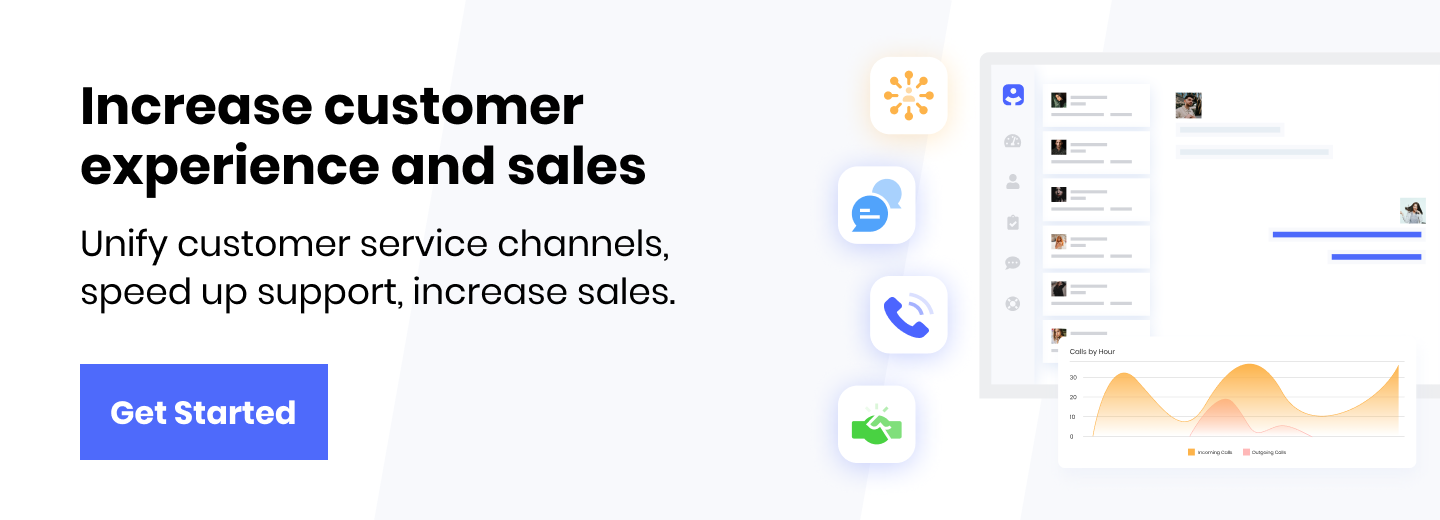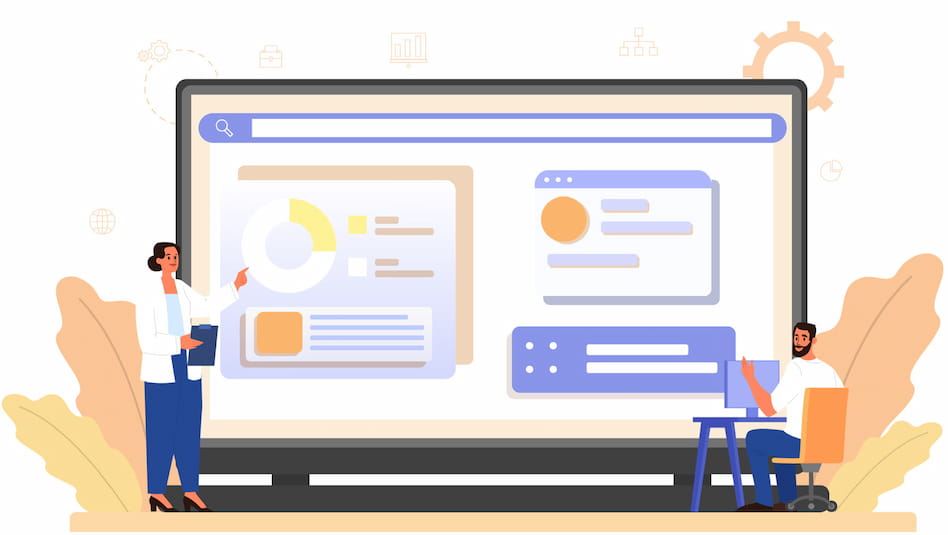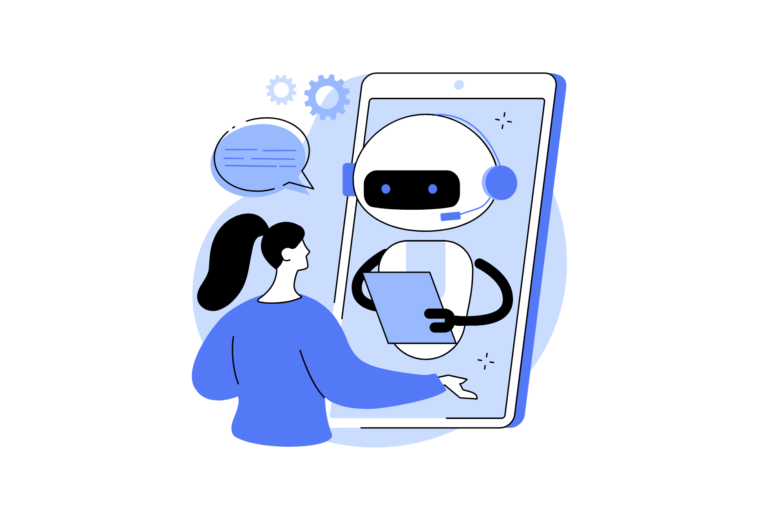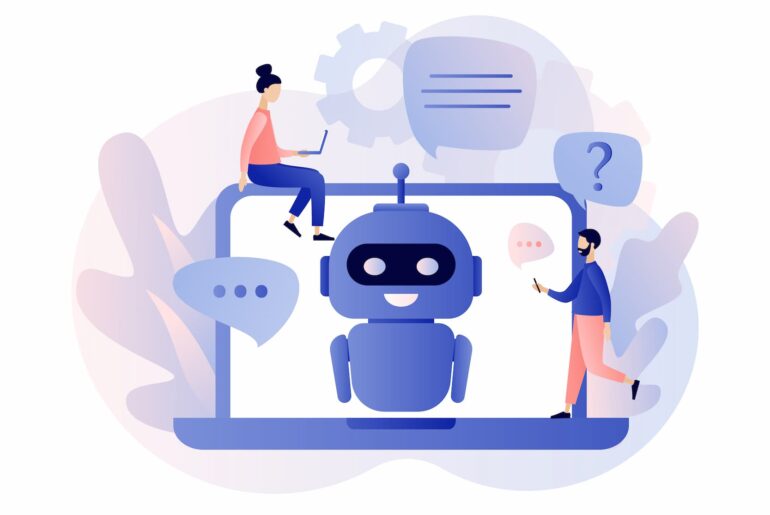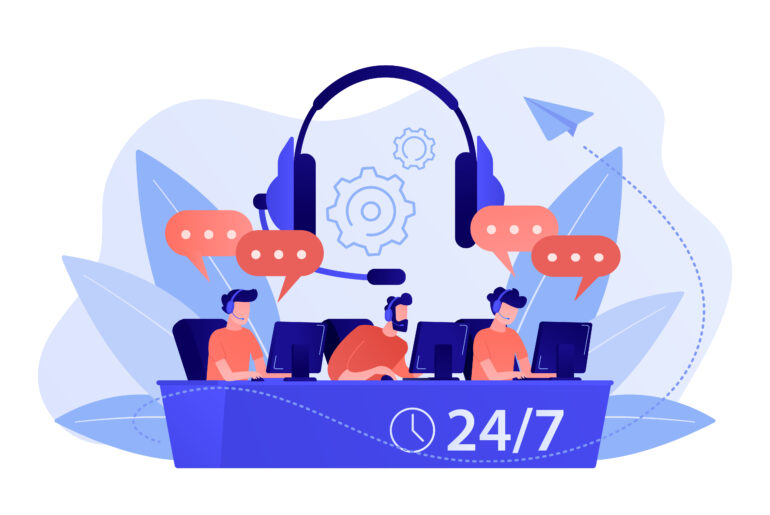Every business wants to grow and earn more. To achieve this, it tries to attract new customers, offers different services and products, and builds a relationship with its customers that will last for years. For this, it’s necessary to apply the customer lifecycle management process. So, what’s customer lifecycle management?
What Is the Customer Lifecycle?
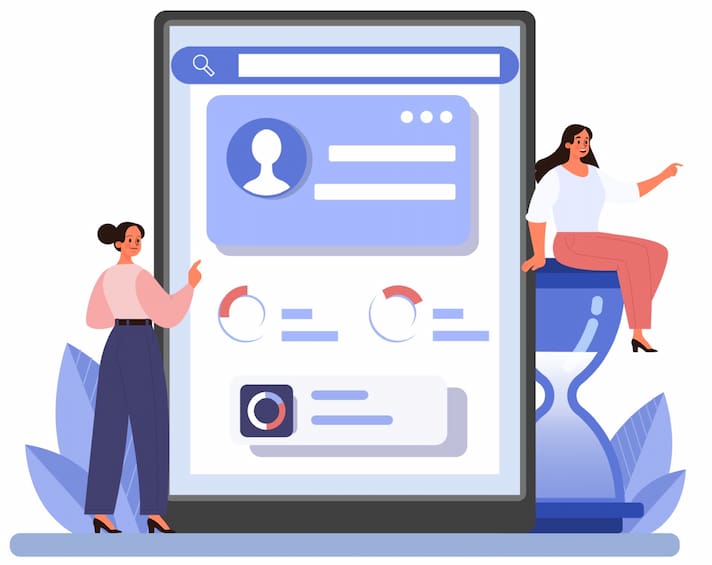
The customer lifecycle is a way of describing how customer relationships have developed. It also refers to the process of potential customers becoming aware of a product, buying from a brand, and ideally becoming long-term customers of a company. This cycle shows the ongoing nature of customer acquisition and retention in a business.
What Is Customer Lifecycle Management?
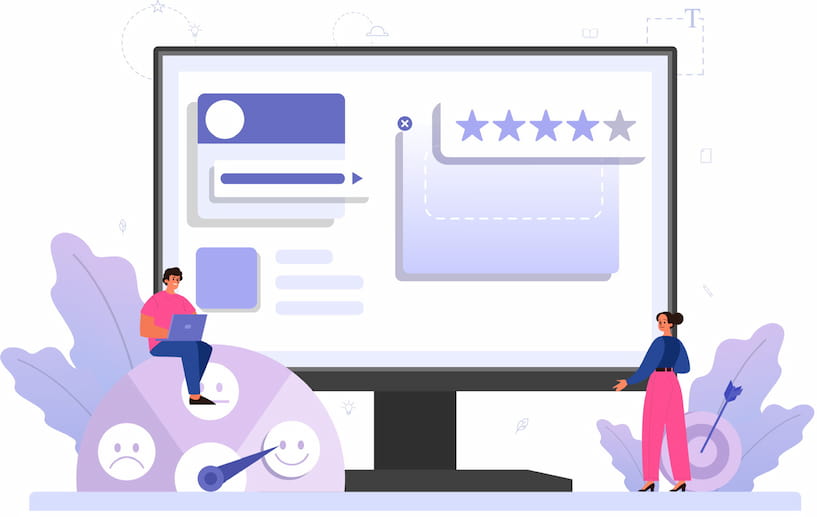
As businesses get bigger and more complicated, it becomes harder for departments like sales departments or customer service to keep customers in mind. At this point, a separate team is needed to control the customer lifecycle. Customer lifecycle management is the process of tracking the stages of the customer lifecycle, assigning metrics to each, and measuring success based on these criteria. Customer lifecycle management requires a company’s team to focus on customer relationships and strive to continuously improve them through all methods.
The business team controls customer lifecycles to ensure customers feel comfortable with and stick with a brand. It enables the marketing management team to optimize every stage of the lifecycle, from approach to loyalty. If a company does everything properly, customer retention and ROI will increase.
5 Steps of the Customer Lifecycle
The customer lifecycle has five stages: Access, acquisition, conversion, retention, and loyalty. Customers move from stage to stage and can leave at different points and restart the cycle. Now, let’s examine these stages in detail.
1) Access

People look for products that can solve their problems. This first stage is called “access”. If your brand addresses customer needs, you can encourage them to become customers. At this stage, customers pay attention to all the available options offered by competitors. If you want to be on the prospect’s radar, you need to use various marketing techniques like SEO. So, your product draws the attention of a prospect. Once users notice your product, they’ll discover you more.
2) Purchase
The purchasing starts the moment a user comes to your website. This stage depends on the channel a prospect decides to choose. If they found you through your website, they’ll look for training content, pricing, and blog posts on your site. With these materials, users will clearly understand your product, its features, and prices. Customers may also come from other channels like the telephone, so purchasing journeys may vary.
3) Conversion

After prospects have collected all the necessary information, they can finally make a purchase. After that, they become customers. Then you need to build strong, trusted relationships to encourage people to stay with your company and purchase from time to time. You should try to keep in touch by sending email newsletters with offers, targeted advertisements of products they’ve seen, and updates on new arrivals.
4) Retention
To retain customers, you need to know how they feel whether they enjoy new products or services. For that, do a survey or ask for feedback. Find out whether customers like your product or service. Consider offering customers special advantages to enhance their experience with your brand. For example, you can offer discounts and after-sales support.
5) Loyalty
If you do everything right and customers are satisfied, they become loyal to your brand and start buying from you constantly. At this stage, people can share information about the company on social media, become free advocates of the brand, and reference their friends. You can organize special e-mails and campaigns to increase customer loyalty.
Easy Address for Customer Lifecycle Management: Infoset
The customer lifecycle is a challenging process. Infoset makes it easy for your business to manage the process. With Infoset, you can manage customers, sales processes, and tasks in one place. Integrated e-mail and call center, automation, live support, and chatbots help you gain customers faster. Start using Infoset today to track and report every point in the customer journey!
